- Home
- Japan Private Tours
- Hakone Private Tours
Hakone Travel Guide: Top Things to Do in Hakone with an Ideal Itinerary
Hakone is one of Japan’s most popular travel destinations, known for its stunning natural beauty, soothing hot springs, and rich cultural heritage. Located just a short trip from Tokyo, Hakone offers an ideal escape for travelers looking to unwind while enjoying breathtaking views of Mt. Fuji. In this Hakone travel guide, you’ll find the best things to do in Hakone—from exploring scenic lakes and historic shrines to indulging in traditional ryokan stays. Plus, we’ve crafted an easy-to-follow Hakone itinerary to help you experience the highlights efficiently, whether you have one day or several to explore this charming mountain retreat.
Why Visit Hakone?
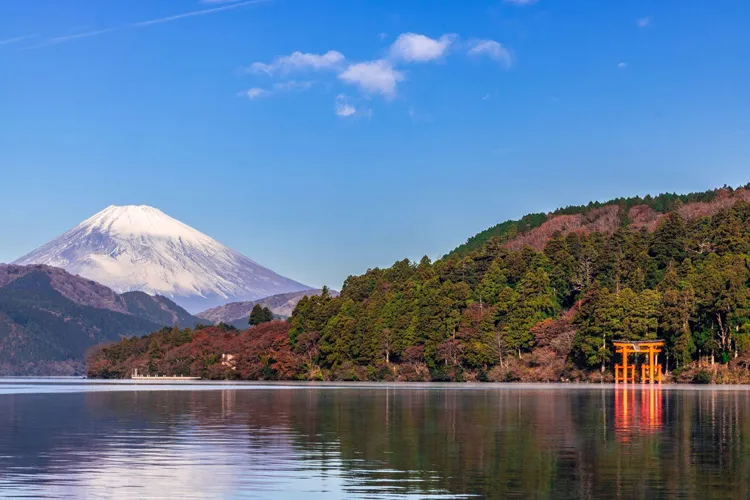
Welcome to Hakone, a breathtaking mountain resort nestled in the Fuji-Hakone-Izu National Park. Imagine cruising across a serene lake with majestic Mt. Fuji as your backdrop, ascending scenic ropeways over volcanic landscapes, and unwinding in traditional hot springs. This isn't just a destination; it's a quintessential Japanese escape that blends stunning natural beauty, rich cultural experiences, and ultimate relaxation.
- Iconic Mt. Fuji Views: Capture unforgettable panoramas of Japan's most revered peak, especially across Lake Ashi.
- A "Golden Route" of Scenery: Embark on a unique journey via various modes of transport, offering ever-changing picturesque landscapes.
- Onsen & Art Oasis: Rejuvenate in world-class hot springs and explore an impressive collection of art museums.
Quick Guide to Hakone
Ready to plan your Hakone adventure? Here’s what you need to know to get started.
Location & Access
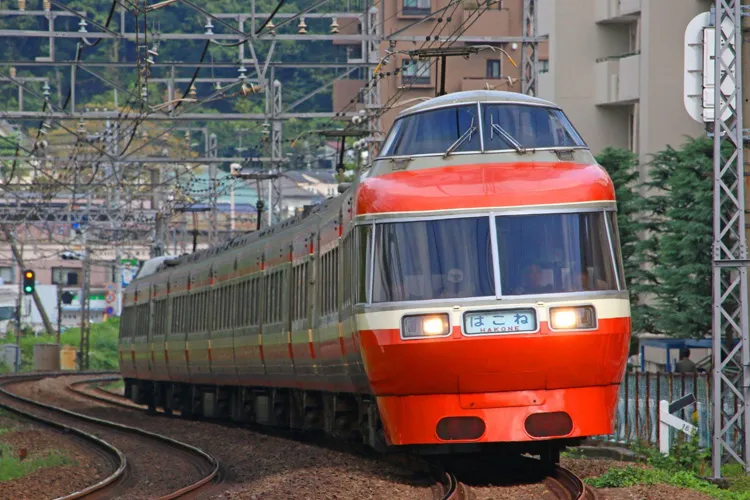
Hakone is located in Kanagawa Prefecture, southwest of Tokyo, making it an ideal short escape from the bustling city.
- From Tokyo:
- By Odakyu Romancecar (Limited Express): The most direct and comfortable way. Take the Romancecar from Shinjuku Station directly to Hakone-Yumoto Station (approx. 85-95 minutes). (Covered by Hakone Free Pass for a surcharge)
- By JR Shinkansen & Local Train: Take the Tokaido Shinkansen from Tokyo Station to Odawara Station (approx. 30-35 minutes), then transfer to the Hakone Tozan Railway to Hakone-Yumoto Station (approx. 15 minutes). (JR Pass covers Shinkansen to Odawara)
Climate & Seasons
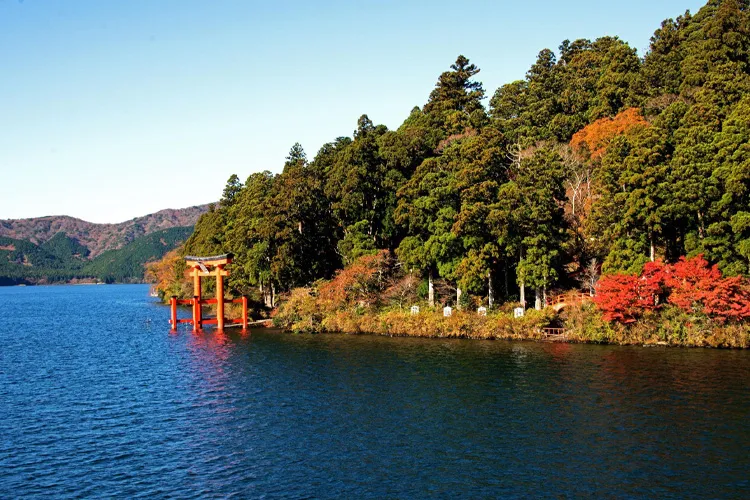
Hakone experiences four distinct and beautiful seasons, each offering its unique charm and activities. Due to its varied elevation, temperatures can differ between lower areas (Hakone-Yumoto) and higher areas (Lake Ashi, Owakudani).
- Spring (March - May): Mild and pleasant (average 10-20°C/50-68°F), with cherry blossoms blooming from late March to early April in lower areas, extending into May in higher elevations. Ideal for sightseeing. Light layers are recommended.
- Summer (June - August): Warm and often humid in lower areas, but cooler and refreshing around Lake Ashi (average 20-28°C/68-82°F). Perfect for enjoying boat cruises and outdoor activities. Light clothing and insect repellent are advised.
- Autumn (September - November): Crisp and comfortable (average 15-20°C/59-68°F), renowned for its spectacular autumn foliage, typically from late October to mid-November. This is a very popular season. Layers are essential.
- Winter (December - February): Generally cool (average 5-10°C/41-50°F), with clear, dry days. Offers excellent visibility and fewer crowds. A warm coat and sweaters are necessary.
When is the best time to visit? Autumn is highly recommended for its breathtaking fall colors. Winter offers crisp air and clearer Mt. Fuji views. Spring provides cherry blossoms and comfortable weather.
Explore Hakone's Iconic "Golden Route" & Beyond
Hakone is famous for its circular sightseeing route, often called the "Hakone Golden Route," utilizing various modes of transport.
The Hakone Golden Route
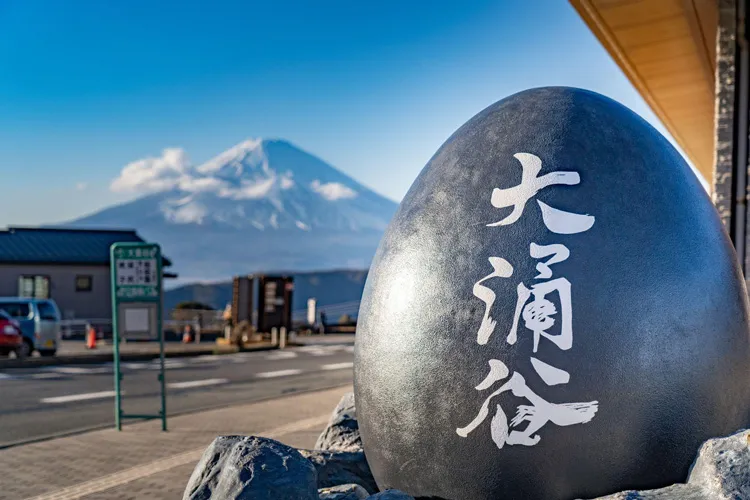
- Hakone Tozan Railway: A charming mountain train that slowly winds its way up from Hakone-Yumoto through lush valleys, featuring switchbacks.
- Hakone Tozan Cable Car: Connects Gora to Sounzan, ascending a steep slope.
- Hakone Ropeway: Offers spectacular panoramic views as it glides over volcanic Owakudani and provides stunning vistas of Mt. Fuji and Lake Ashi.
- Owakudani: A volcanic valley with active sulfur vents and hot springs. Try the black eggs (kuro-tamago) cooked in the hot springs, said to prolong your life.
- Hakone Sightseeing Cruise (Lake Ashi): Cruise across the serene Lake Ashi on uniquely designed "pirate ships" or traditional boats, offering iconic views of Mt. Fuji and the Hakone Shrine torii gate.
- Hakone Tozan Bus: Connects various points around the lake and back to Hakone-Yumoto or Odawara.
Other Must-See Attractions in Hakone
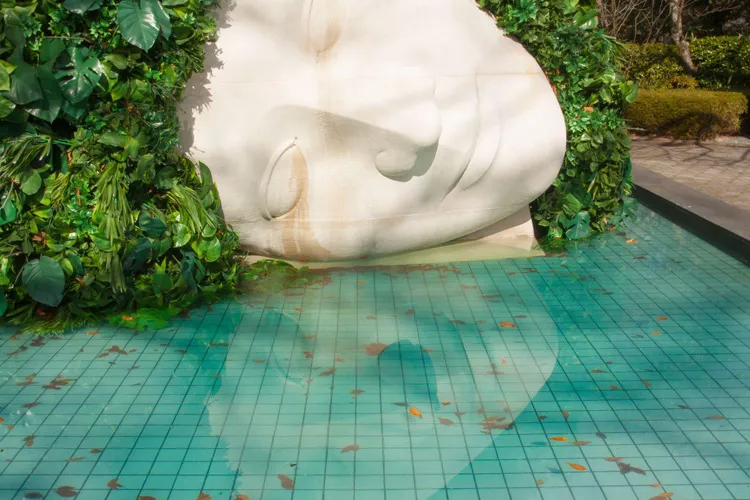
- Hakone Open-Air Museum: Japan's first open-air museum, featuring a vast collection of modern and contemporary sculptures amidst beautiful natural surroundings.
- Hakone Shrine: A picturesque Shinto shrine famous for its "Peace Gate" (torii) standing dramatically in Lake Ashi, offering an iconic photo opportunity.
- Pola Museum of Art: Houses an impressive collection of Impressionist and modern Western paintings, alongside Japanese and Asian art, nestled within a beautiful forest.
- Gora Park: A French-style park with a fountain, rose garden, and a tea house, offering lovely views.
Find Your Perfect Hakone Trip
Hakone offers diverse experiences to suit every interest.
For Relaxation & Wellness
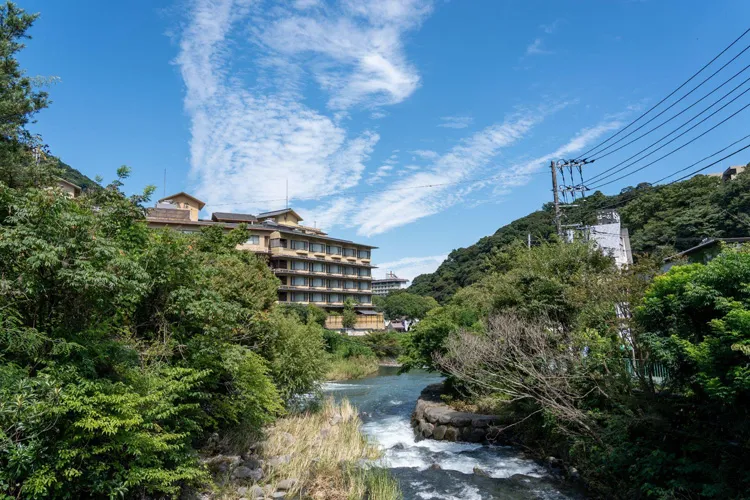
Hakone is synonymous with rejuvenation!
- World-Class Onsen: Soak in the therapeutic waters of Hakone's numerous hot springs, which boast different mineral compositions and health benefits.
- Traditional Ryokan Stays: Experience quintessential Japanese hospitality by staying at a ryokan, complete with futon beds, communal baths (or private onsen), and elaborate multi-course meals (kaiseki).
- Spa & Wellness Centers: Many hotels and resorts offer extensive spa facilities for ultimate pampering.
- Ashiyu (Foot Baths): Enjoy a quick, relaxing foot soak at various locations, often free of charge.
Onsen Etiquette Tip: Remember to thoroughly wash your body before entering the communal baths. Tattoos are sometimes restricted; check with the facility beforehand or look for private baths if available.
For Nature Lovers & Photographers
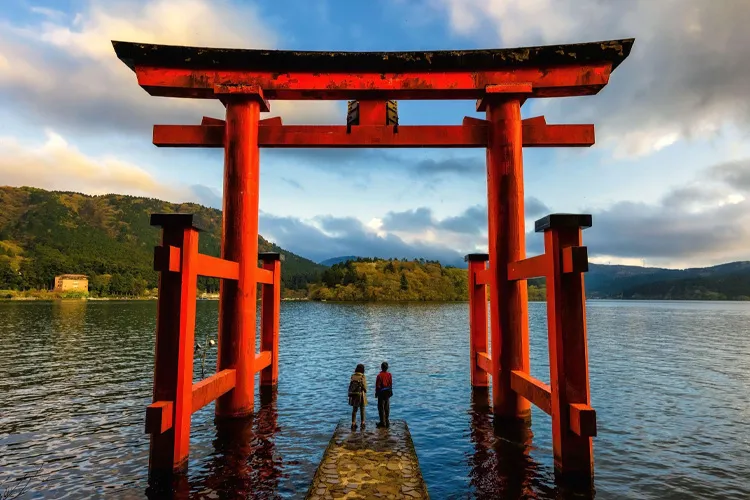
Capture breathtaking moments amidst Hakone's stunning landscapes:
- Mt. Fuji Views: The prime photo opportunity, best captured from the Hakone Ropeway, from the Lake Ashi cruise, or specific viewing points around the lake on clear days.
- Autumn Foliage: The entire "Golden Route" transforms into a riot of colors from late October to November, offering incredible photographic backdrops.
- Volcanic Landscapes of Owakudani: Capture the dramatic, steaming vents and unique geology.
- Hakone Shrine Peace Gate: The iconic red torii gate standing in Lake Ashi is a must-photograph spot.
- Hakone Glass Forest Museum: Capture the shimmering Venetian glass art and a beautiful European-style garden.
For Art & Culture Enthusiasts
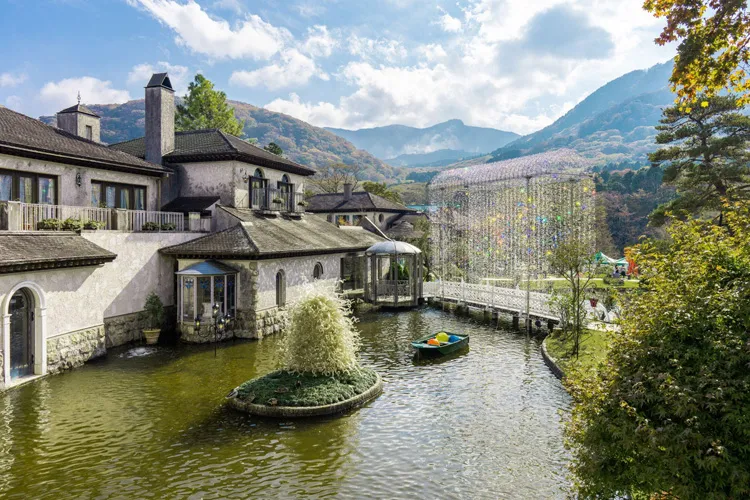
Explore Hakone's surprising depth in art and culture:
- Hakone Open-Air Museum: A unique blend of art and nature, featuring large-scale sculptures by artists like Henry Moore and Pablo Picasso set against the backdrop of the Hakone mountains.
- Pola Museum of Art: Discover masterpieces by Monet, Renoir, and other Western artists, alongside Japanese paintings and ceramics, in a stunning modern building.
- Hakone Glass Forest Museum: A beautiful Venetian glass museum set in a European-style garden, complete with shimmering glass trees.
- Narukawa Art Museum: Specializes in contemporary Japanese painting (Nihonga) and offers superb views of Lake Ashi and Mt. Fuji.
- Traditional Crafts: Explore local shops offering Hakone's unique yosegi-zaiku (parquetry) woodcrafts, a beautiful traditional art form.
Sample Hakone Itineraries
Need some inspiration? Here are a few suggested itineraries to help you plan your perfect Hakone adventure.
Example 1: The Classic Hakone "Golden Route" Day Trip
Ideal for first-timers from Tokyo wanting to see the highlights
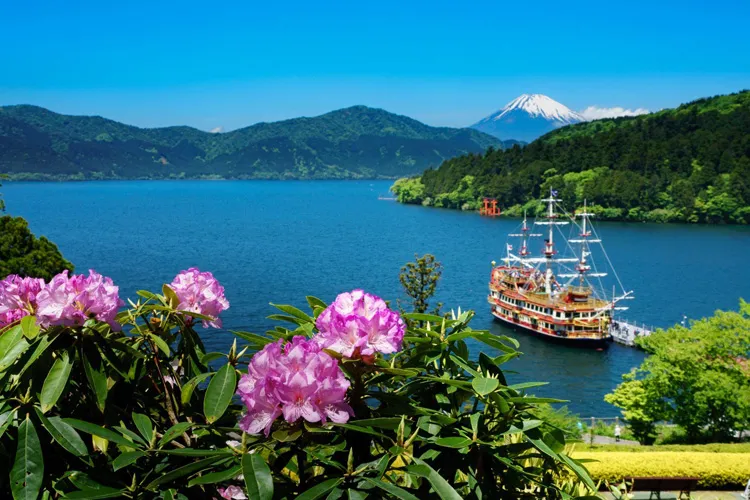
- Morning: Depart from Shinjuku (Tokyo) via Odakyu Romancecar to Hakone-Yumoto Station.
- Mid-Morning: Take the Hakone Tozan Railway to Gora, then the Cable Car to Sounzan.
- Lunch & Sightseeing: Take the Hakone Ropeway over Owakudani (try the black eggs!).
- Afternoon: Continue Ropeway to Togendai. Take the Hakone Sightseeing Cruise across Lake Ashi to Hakone-machi or Moto-Hakone. Visit Hakone Shrine.
- Late Afternoon/Evening: Take the Hakone Tozan Bus back to Hakone-Yumoto Station, then Romancecar back to Tokyo.
Example 2: Hakone Relaxation & Art Escape
For a more leisurely pace with an overnight stay
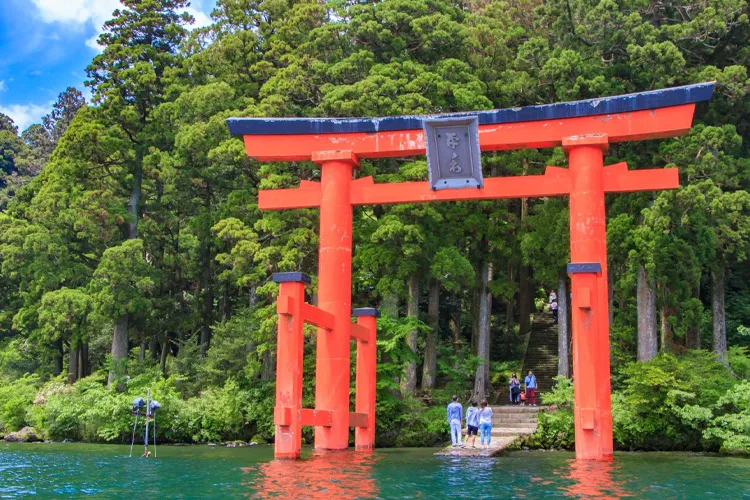
- Day 1: Depart Tokyo for Hakone-Yumoto. Take a bus directly to Hakone Open-Air Museum. Explore for 2-3 hours. Check into your chosen ryokan/hotel in a Hakone onsen area (e.g., Gora, Yumoto). Enjoy a traditional dinner and a relaxing onsen bath.
- Day 2 : Morning: Experience the Golden Route (Ropeway, Owakudani, Lake Ashi cruise) to catch Mt. Fuji views. Visit Hakone Shrine. Afternoon: Explore another art museum like Pola Museum. Late Afternoon: Return to Tokyo from Hakone-Yumoto.
Example 3: Deep Dive into Hakone
For a comprehensive exploration with more time to relax
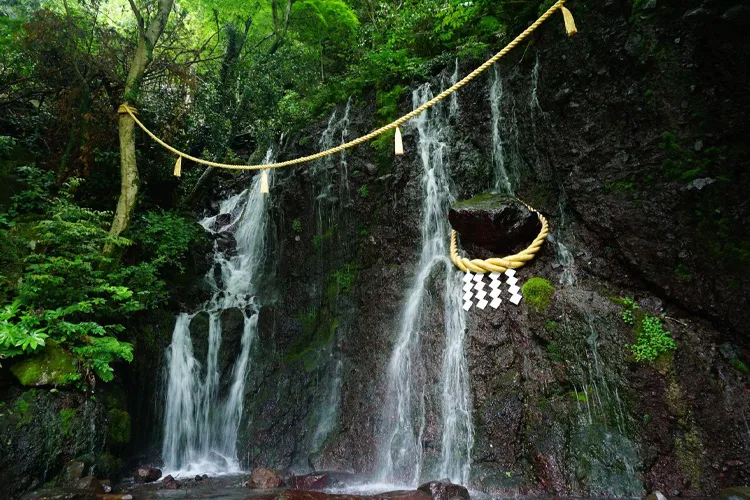
- Day 1: Depart Tokyo for Hakone-Yumoto. Explore Hakone-Yumoto town. Check into your ryokan. Enjoy the onsen and traditional dinner.
- Day 2: Full day experiencing the Golden Route. Dedicate more time to specific stops like Owakudani and Hakone Shrine. Consider a short hike around Lake Ashi. Return to your ryokan for another relaxing evening.
- Day 3: Morning: Visit Hakone Open-Air Museum or Pola Museum of Art. Alternatively, explore Gora Park and its crafts. Afternoon: Last onsen soak or souvenir shopping. Late Afternoon: Return to Tokyo.
Essential Travel Tips for Hakone
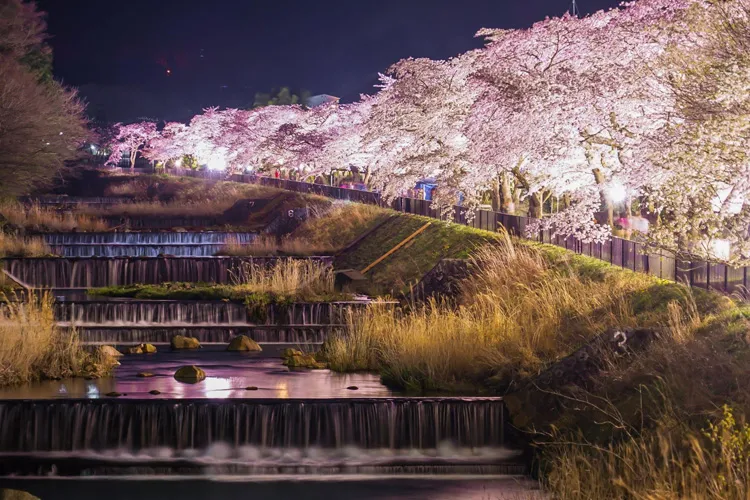
Make your trip to Hakone smooth and enjoyable with these practical tips.
Transportation Around Hakone
- Hakone Free Pass: Highly recommended! It offers unlimited rides on almost all local transportation (trains, cable cars, ropeways, buses, pirate ships) within Hakone, and includes a discounted round-trip ticket from Shinjuku. Essential for the "Golden Route."
- Walking: Many areas are walkable within the main sightseeing spots, but transportation is key for covering larger distances.
- Bus: Extensive bus network connecting various attractions, especially around Lake Ashi.
Accommodation
Hakone offers a wide range of accommodation:
- Ryokan (Traditional Japanese Inns): The most popular choice for a authentic Hakone experience, often featuring private onsen or beautiful communal baths and exquisite meals.
- Hotels: Various options, from luxury resorts to more budget-friendly hotels.
- Guesthouses: Some smaller, independent guesthouses are available.
Connectivity
- Free Wi-Fi: Available at major train stations, some hotels, and tourist information centers.
- SIM Cards & Pocket Wi-Fi: Recommended for consistent internet access.
Other Useful Information
- Comfortable Shoes: Essential for exploring walking trails and navigating the various transport options.
- Layered Clothing: Crucial due to significant elevation changes (temperatures vary from Hakone-Yumoto to Owakudani) and changing weather.
- Book Accommodations in Advance: Especially for ryokans and during peak seasons (autumn, holidays), they can book up quickly.
- Check Weather/Visibility: Mt. Fuji views are dependent on clear weather. Check forecasts before your trip if this is a priority.
Hakone Travel FAQ
- What are the must-see spots and recommended attractions in Hakone?
- Hakone offers a rich mix of natural beauty and cultural experiences. Some top spots include:
- Lake Ashi: Enjoy scenic boat cruises and ropeway rides with stunning views of Mt. Fuji.
- Owakudani: A volcanic valley known for its sulfur vents and famous black eggs.
- Hakone Open-Air Museum: An outdoor art museum where sculptures are displayed in beautiful natural surroundings, great for all ages.
- Hakone Shrine: A historic lakeside shrine known as a spiritual power spot.
- Hakone Yumoto Onsen: A convenient hot spring town perfect for day trips and dining.
- Gora Park: A lovely botanical garden with seasonal flowers and craft workshops.
These highlights showcase Hakone’s charm, from nature and art to traditional culture.
- How many days should I spend sightseeing in Hakone? Is a day trip enough?
-
- 1 to 2 days is ideal.
On the first day, you can visit Lake Ashi, Owakudani, and Hakone Shrine, then relax in a hot spring ryokan at night. On the second day, explore places like the Open-Air Museum and Gora Park. - Day trips are possible, especially if you focus on areas near Hakone Yumoto and Lake Ashi. However, keep travel time and transportation transfers in mind to make the most of your visit.
- 1 to 2 days is ideal.
- What is the weather like in Hakone and when is the best season to visit? What should I wear?
-
- The best seasons to visit are spring (March to May) and autumn (September to November), when cherry blossoms and autumn leaves are at their peak and the weather is comfortable.
- Summer can be cooler but rainy, and winter can be cold, so dress accordingly.
- Hakone’s elevation means it is typically 5 to 10 degrees Celsius cooler than Tokyo.
- Layered clothing is recommended. Bring light jackets in spring and autumn, and warm coats in winter.
- How crowded are the tourist spots and when are peak seasons? Do I need to make reservations?
- Golden Week (late April to early May), Obon (mid-August), and New Year holidays are the busiest times.
- Weekends and public holidays also see large crowds, so it’s best to book accommodations and activities early.
- Popular places like Owakudani may have entry limits during peak times, so visiting during off-peak hours can help avoid crowds.
- Many hot springs, boat cruises, and ropeways offer online reservations—checking in advance is highly recommended.


